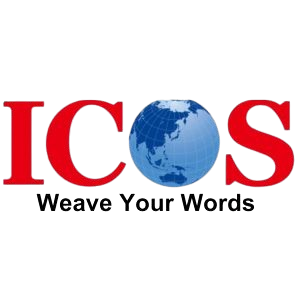What is video Localization? Tips for Creating Impactful Global Content
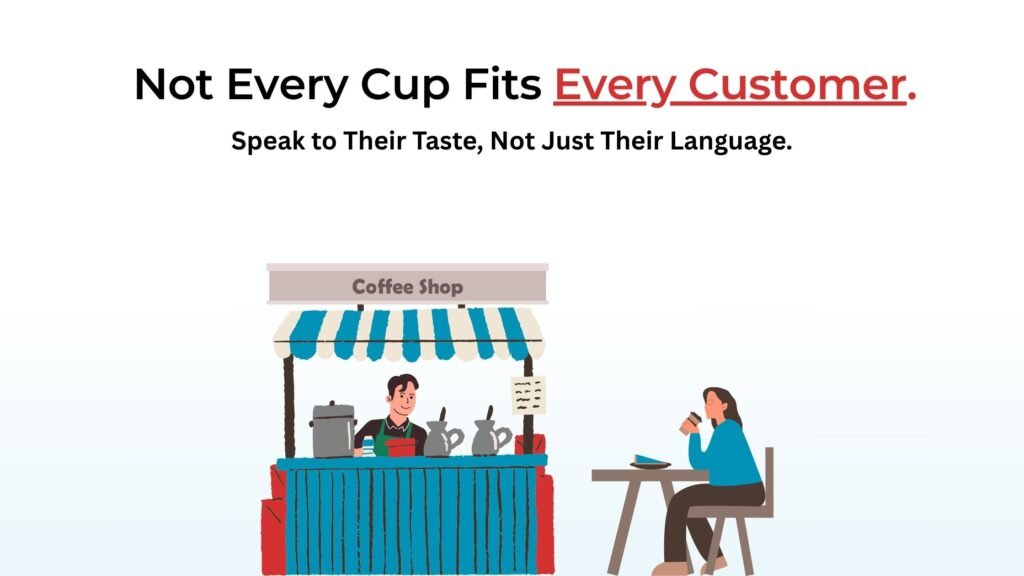
It was a chilling Monday night in December. I had just wrapped up the office after an exhausting day at work, which had six back-to-back meetings and an overload of client consultations.
With eyes drooping, tiredness at its peak, and an aching back, I wore my yellow knitted cardigan and tightly wrapped it around me, overlapping my arms one on top of the other.
After closing the office, I dragged myself towards my favorite coffee shop, desperately needing that perfect cup of life.
I ordered a double-shot espresso, and the barista gave me that knowing nod, like a wizard about to work his magic. He ground the beans with the precision of a watchmaker, the aroma filling the air, exactly like the warm hug my sweater gave me at that moment.
He tamped the grounds, pulled the shot, and handed me a mug of liquid energy.
I took a sip and, Mhhhhhhhhhhhhh…….I closed my eyes in bliss.
“PERFECT”- my lips murmured without my knowledge. He had made my coffee bold, intense, and just the way I like it. Each nerve of my body thanking him in appreciation.
He had not just delivered a product. He had given me the calmness that I desperately needed after a strenuous day.
But imagine if he handed me a sugary, whipped-cream-covered caramel macchiato instead, saying that this is their bestseller and I would love it.
You know the reaction. I would have spat it, and would have gone home more drained and more upset. And he would have lost a customer for life.
Not because the macchiato would be bad, but because at that time, nothing else would have calmed me other than that espresso.
This is the essence of video localization-
It’s not just about pouring the same message into every cup and hoping it tastes right.
It’s about knowing your audience, whether they crave a bitter espresso, a smooth flat white, or a delicate matcha latte.
You miss that detail, and your carefully crafted message ends up as confusing as a, Phd in English, trying to do math.
Because in global marketing, one size fits all is as effective as Ross (from TV Series FRIENDS) trying to move a couch up the stairs. You just end up yelling “PIVOT!” while everyone else stares in confusion.
So, are you ready to brew the perfect cup of localized content and give your audience that “Ahh, they get me” moment?
Let’s dive in.
What is Video Localization?
Customizing and modifying your video material to accommodate various languages, geographical locations, and cultural norms is known as video localization.
It goes beyond just translating the words: It’s about adjusting everything from the script, capturing the tone, intent, voiceover, visuals and cultural nuances, to ensure the message resonates with the target audience
Here’s what it involves:
- Language Adaptation: Translating spoken and written content accurately, without losing the original tone or meaning.
- Cultural Sensitivity: You tweak cultural references, idioms, and humor so they actually make sense and feel right to your target audience.
- Visual Elements: Modifying on-screen text, graphics, and imagery to be culturally relevant and contextually appropriate.
- Timing and Flow: Syncing voiceovers, subtitles, and on-screen actions to match the natural pacing and rhythm of the target language.
- Audience Connection: Making the message resonate as if the video was originally crafted for that specific region, not just directly translated.
In short, it’s about transforming your video into a local favorite, not just a global export.
Explore our video localization services here
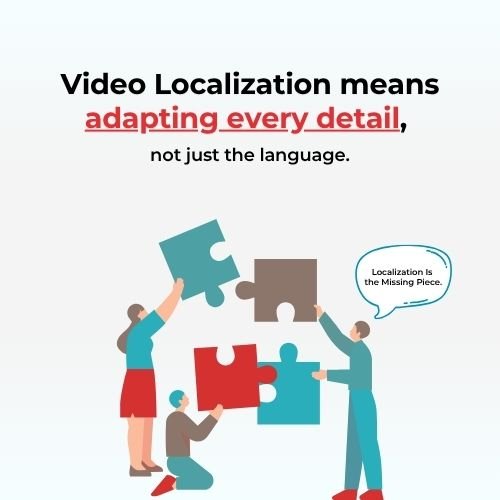
Why Video Localization is Essential for Global Success
So, why bother? Can’t I just slap some subtitles on my video and call it a day?
Well, that’s like putting ketchup on spaghetti because, you know, both are red and kinda tomatoey. (Spoiler: the Italians will never forgive you.)
Properly localized content builds trust, deepens emotional connections, and turns casual viewers into loyal customers.
It’s what separates the average global brand from the ones that actually understand their audience. And don’t just take my word for it – a study found that 75% of people prefer to buy products in their native language.
Skip this step, and you might as well be handing out caramel macchiatos to espresso lovers, and what you will get in return is a side-eye and silent judgment.
Benefits of Video Localization for Global Success:
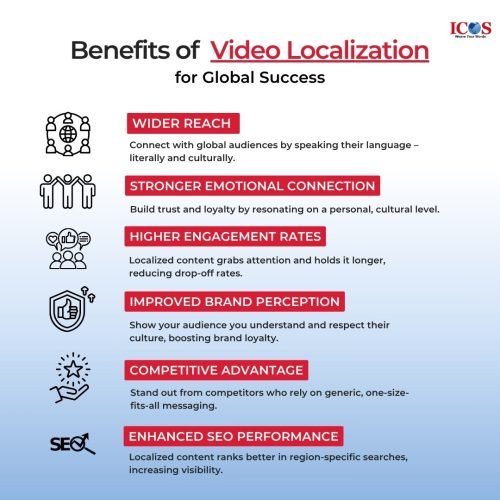
- Wider Reach: Connect with global audiences by speaking their language – literally and culturally.
- Stronger Emotional Connection: Build trust and loyalty by resonating on a personal, cultural level.
- Higher Engagement Rates: Localized content grabs attention and holds it longer, reducing drop-off rates.
- Improved Brand Perception: Show your audience you understand and respect their culture, boosting brand loyalty.
- Competitive Advantage: Stand out from competitors who rely on generic, one-size-fits-all messaging.
- Enhanced SEO Performance: Localized content ranks better in region-specific searches, increasing visibility.
How to Effectively Localize Your Videos
Now, if you’re thinking, “Okay, fine, I’ll localize my videos,” and go full on with Google Translate to convert your content, then hold on! There’s a right way to do this. You must be mindful of the context.
- Script Adaptation: Don’t just translate, transform. Adapt the tone, humor, and cultural references so that you’re not the brand making “dad jokes” to a Gen Z audience when your brand wants to speak to a more mature audience.
- Voiceover and Subtitles: Choose voices that match the tone and energy of your brand. If your product is high-energy, don’t pick a narrator who sounds like they just woke up from a nap.
- Visual Elements: Some colors, gestures, and even animals have different meanings in different cultures. You wouldn’t use a cow in a steakhouse ad in India, right? Exactly.
- Testing and Quality Control: Run your content past native speakers before hitting that publish button. If they cringe, rewrite it. If they nod in approval, you’re golden.
Tips for Overcoming Cultural Barriers in Video Localization
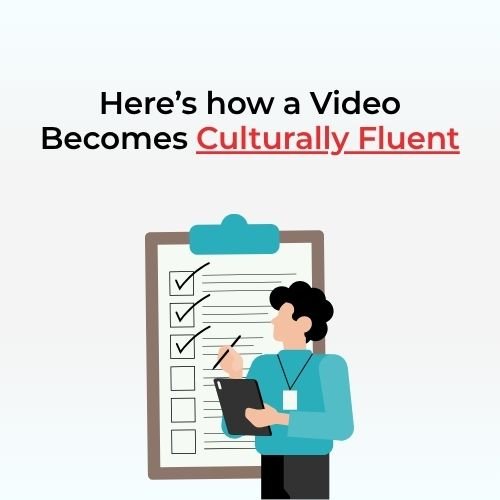
Cultural barriers are like the “coffee spills” of global marketing. They’re messy, potentially embarrassing, and often avoidable.
- Know Your Audience: This is like knowing that I take my coffee black, strong, and without a hint of sweetness. Understand your market, or risk becoming that friend who still says “YOLO” in 2025.
- Stay Current: Culture isn’t a statue, it’s a TikTok dance challenge. Keep up with trends, memes, and local slang. Otherwise, you’ll be that person still quoting “Friends” at a party full of Gen Zers.
- Test it: Run your content past native speakers before it goes live. If they give you a thumbs up, you’ve nailed it. If they raise an eyebrow, start rewriting.
Overcoming Challenges in Video Localization
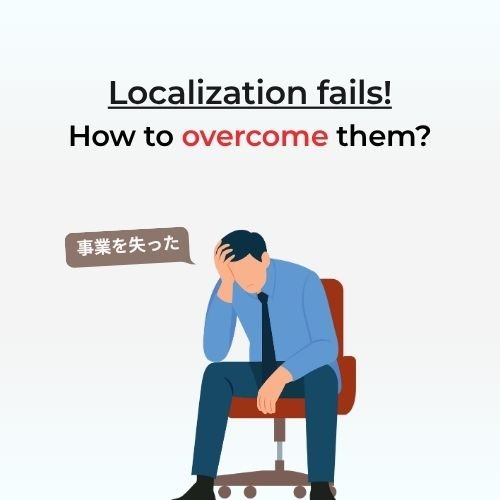
Of course, Video Localization is not always lattes and laughter. Video localization has its challenges, like trying to open a bag of chips without making noise in a silent room.
- Timing mismatches,
- Language nuances, and
- Cultural sensitivities
The above are some challenges that can totally derail your carefully laid-out plans if you’re not prepared.
English, for example, is pretty compact.
Some local translations can take up to 30% more space, which means your “perfectly timed” voiceover might suddenly sound like it’s being read at double speed.
The fix?
- Plan for flexibility.
- Use adaptable scripts.
- Work with local experts.
- Always leave a little wiggle room in your visuals for those wordy translations.
It’s not about being perfect – it’s about not being a train wreck.
Choosing the Right Video Localization Company
When selecting a video localization partner, keep the following factors in mind:
- Language Expertise: Ensure the company has native speakers with industry-specific knowledge for accurate translations.
- Cultural Understanding: Look for a team that grasps cultural nuances and context, not just language, to avoid awkward misinterpretations.
- Technical Capabilities: Check if they handle various video formats, subtitle syncing, voiceovers, and graphics adaptation.
- Quality Control: Ask about their quality assurance process to prevent embarrassing translation errors.
- Scalability: Choose a company that can handle projects of different sizes and complexities as your business grows.
- Turnaround Time: Verify if they can fulfill your deadlines without sacrificing the quality.
- Transparency in Pricing: Clear, upfront pricing without hidden costs is a must.
- Client Portfolio and Reviews: Look for a proven track record and positive client testimonials.
- Personalized Service: They should take the time to understand your brand voice and target audience.
- Post-Localization Support: Choose a partner who offers ongoing support for updates and revisions.
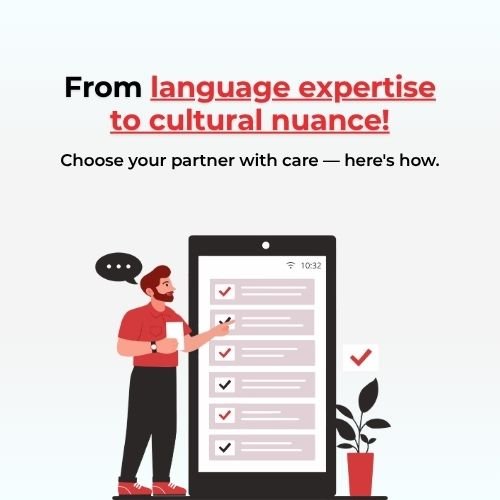
Choosing wisely can save you from the nightmare of mistranslations and cultural missteps , because no one wants to be the brand that accidentally says something offensive in a global campaign.
FAQs:
What is video localization, and why is it important?
It involves modifying video content for various languages and cultural norms in order to make it more pertinent and interesting for viewers around the world.
What services are included in video localization?
Translation, voiceovers, subtitle creation, graphics adaptation, and quality control.
How do audio and video localization differ?
Audio localization focuses on the spoken elements, while video localization includes everything from text and graphics to timing and tone.
What are the main challenges in video localization?
Timing issues, cultural sensitivities, and language nuances, basically, everything that makes you break out in a cold sweat.
How can a professional video localization company help my business?
They can handle the heavy lifting, ensuring your content hits the mark in every market without any awkward faux pas.
Signing Off:
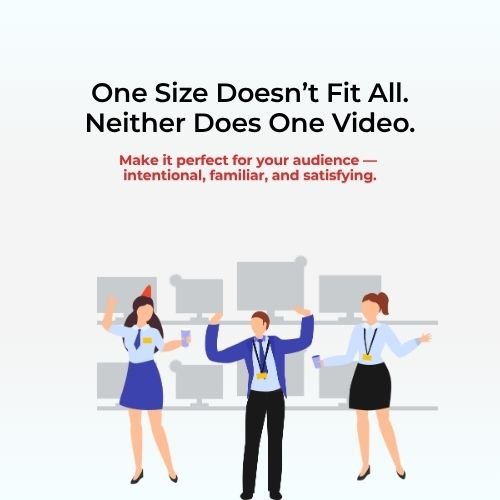
So, here we are, back at the coffee shop, where every sip can either be a comforting embrace or a bitter betrayal. Just like that barista who knew exactly how I wanted my espresso, video localization is about knowing your audience, their tastes, their quirks, and their cultural nuances.
It’s about delivering the right message in the right way, ensuring it hits the spot and gives those “Aha moments” to your clients every time.
Because you wouldn’t serve an Italian a lukewarm, watered-down coffee and expect them to come back for more. Similarly, you can’t serve your global audience a one-size-fits-all message and expect them to stay loyal.
So, when you dive into global marketing, think of a well-localized video as your perfect espresso—bold, spot-on, and made just for the people who are always craving that kind of connection.
